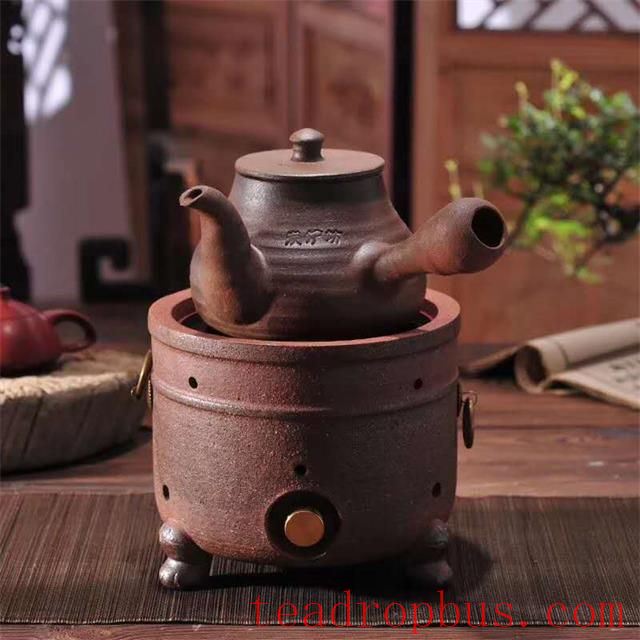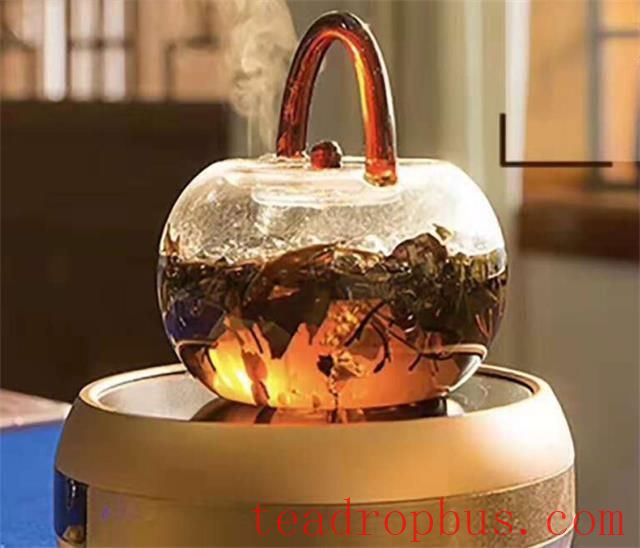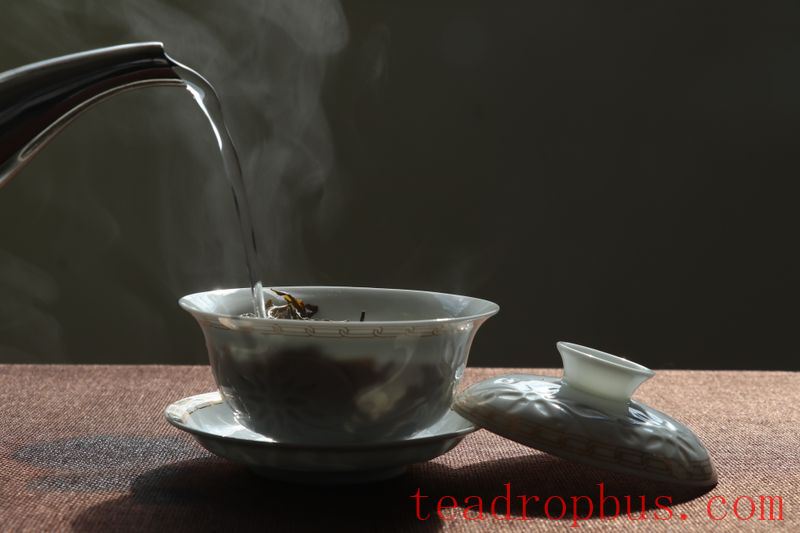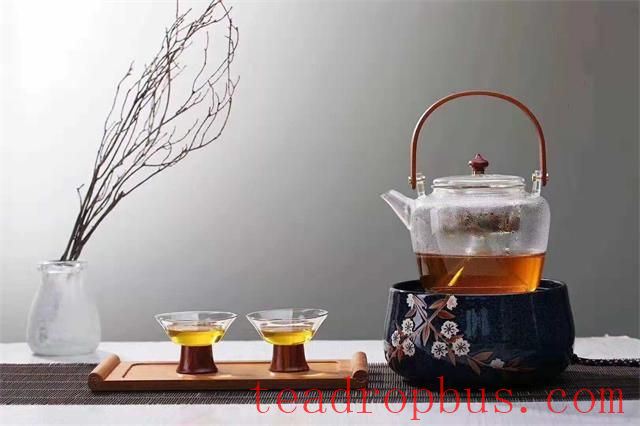There are primarily three methods to enjoy aged White Tea: brewing, Steeping, and steaming. What are the differences between these methods? And which one best showcases the quality of aged white Tea? Today, let's discuss this topic together:

What are the differences between brewing, steeping, and steaming?
① Brewing: The tea has a richer flavor
During the cold seasons, brewing a pot of steaming hot aged white tea can provide warmth both inside and out as you watch the bubbles rise.
When brewing aged white tea, the tea is kept at a boiling point before serving, allowing its internal components to be continuously released with the rising temperature. Soon, a pot of fragrant, full-bodied, and smooth aged white tea is ready.
The brewing method allows for a more thorough release of the tea's internal substances. High temperatures also activate deeper internal components in the leaves, enabling enthusiasts to experience a richer flavor unique to aged white tea.

Brewing also enhances the aroma of aged white tea. With higher tea temperature, the boiling point of aromatic compounds is reached faster, releasing the aroma more quickly. The scent is rich and multi-layered.
② Steeping in a Gaiwan: The tea has a more layered flavor
Steeping in a gaiwan requires more time to fully activate the internal components of aged white tea compared to brewing, as the water temperature is limited and cannot be sustained at high levels.
Steeping aged white tea allows you to better appreciate the taste differences under various conditions. From the first to the last infusion, the flavor of the tea changes continuously, becoming increasingly aromatic and flavorful.
In addition to taste, with each additional steeping, a richer variety of aromas appear, such as bamboo leaf, floral, aged, and medicinal scents, each distinct and layered.

③ Steaming: The resulting tea is lighter and more delicate
Steaming involves using a steamer to soften and moisten dry tea leaves with steam. During this process, the internal components of the tea are separated and then infused into the tea liquor.
Steaming takes more time; to achieve a strongly flavored aged white tea, it takes three to four times longer than brewing. If you lack patience, brewing may be a better choice.
The tea liquor produced by steaming is lighter in color and has a milder taste and aroma, but it is pleasant and suitable for those who prefer a lighter flavor.

Each of these three methods has its own characteristics and advantages. Choosing one over the others should primarily depend on personal preference, as the most important thing is that the tea suits your taste.